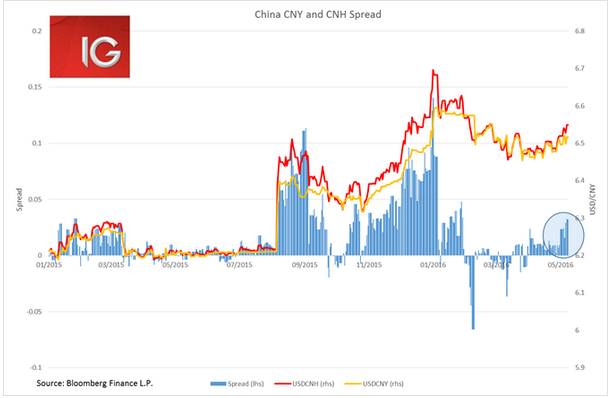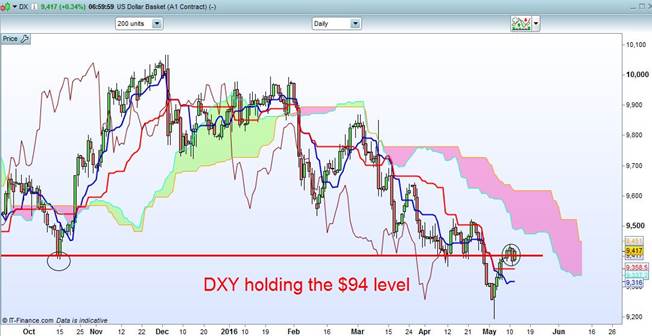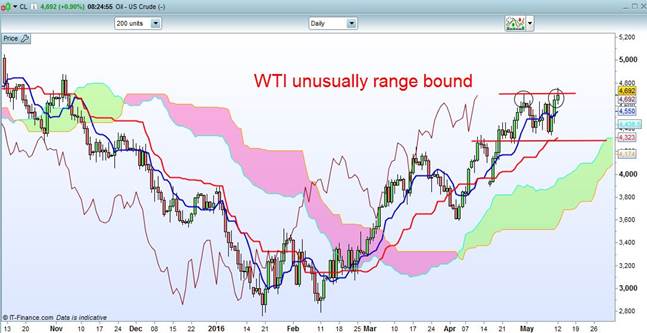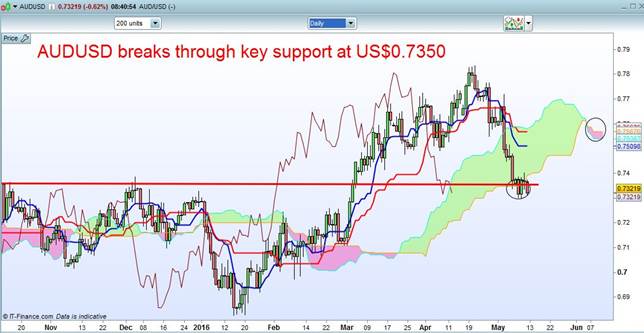There are two currencies that explain the dilemma for current global monetary policy: the JPY and the CNY. Should the US dollar strengthen too much against either currency, the respective central bank is pushed into a corner where they are forced into a destabilising intervention. The USD/JPY moved back into the 109 handle overnight, likely seeing Japanese policy makers breathe a sigh of relief. Conversely, the spread between the onshore and offshore Chinese yuan has begun to widen again as investors speculate that the rising US dollar will induce a weakening of the CNY. The spread between the onshore and offshore Chinese yuan is now at its highest since 1 February.

The US dollar is arguably caught between a rock and a hard place with regards to the JPY and the CNY. When the DXY dollar index dropped to 92 last week Japanese government officials were prepared to float any experimental policy idea that could weaken the yen. And when the DXY was tracking around 100 a disorderly CNY devaluation was regarded as a matter of when not if. The big concern for markets is that a sustained gain in the USD as we approach the next Fed rate hike could reignite bets against the Chinese currency. Raising the prospect of another market selloff, and a hammering for commodities and commodity currencies (like the Aussie dollar).
The DXY closed above the $94 level overnight despite the blow out in weekly unemployment claims, although most of this was put down to temporary factors. But one of the more dovish members of the Fed, Eric Rosengren, stated that he thought two rate hikes were appropriate this year and that 2Q GDP should be above the 1.75% level of the potential growth rate for the US economy.

Crude Oil continues to defy the haters, seemingly able to shake off all the perfectly valid arguments about continued oversupply. WTI oil closed up the session at US$46.70, its highest level in six months, but manages to continue in its US$43-$47 trading range.

On the other hand most commodities weakened overnight due to the US dollar gains. Iron ore dropped 0.9% and copper lost 1.3%. This has seen the Aussie dollar close below the key support level of US$0.7350 again, and if US GDP keeps on track to grow above 2% in 2Q, the Aussie could be set for a trip all the way back down to US$0.70 by the end of June.

Despite the weakness in commodities, the ASX is set to open 0.1% higher around 5360. Investors will be hoping that the demand for the banks continues today and helps weigh out some of the drag from the materials sector.
